|
5th December 2021 Sunday evening gaming on Board Game Arena continued with Carcassonne. You too can wander this French Province, have a hand in building the legendary city, monastries and surrounding country side as well as populating the roads with... errr... highwaymen? What's in a game?
What few components the game possesses, are all solidly manufactured. The tiles and scoreboard are constructed of suitably thick card and the meeples are nice wooden tokens. The artwork found the tiles is for the most fairly small but are well detailed with colourful illustrations, the meeples are also brightly coloured. As the game area is built up over play, it actually looks quite good. In a game all about joining up tiles, the artwork is universally clear and there's never any confusion on how they connect. How's it play? Setup
On to play Broadly speaking, Carcassonne is about about building up the central playing area and connecting the game's features, it begins with the opening player taking and playing a land tile into the central play area next to the starting tile, then continues with the player on the left and so on until the stack of face-down tiles has been depleted.
Endgame Once play reaches the game end, final scores for uncompleted features are totted up. This means that an incomplete road (Which has a highwayman on it.) that goes over 2 tiles would score 2 points, monasteries score for partial completion as well at 1VP per. occupied surrounding tile. However, incomplete cities only score half, that is, each tile and coat-of-arms, score 1VP apiece. Finally, farmers are scored; each completed city that connects to a field that contains a farmer scores VPs for the owning player. Points are tallied, highest score wins. Overall
Carcassonne is a game that's been around for a while now and I have to admit that in the years since I last played it, my opinion on it has softened a little. Originally I found the randomness inherent to the game when getting a land tile irksome, it felt like it belied strategy and planning. Now however, I can see some mechanical benefit, it forces players to adapt, remain flexible and look for ways to exploit their situation and place tiles in the right places at the right time to gain points or even piggy-back off of other players. Having said that, my opinion on farmers hasn't changed at all! I still find them fiddly to track and score as well being somewhat unbalanced. A well placed farmer, especially early in the game can score the controlling player a lot of VPs, putting one down does lock a meeples out of the rest of the game, which can sometimes be detrimental later, but overall, the sacrifice is generally worth it. It's no surprise there's a 'no farmers' optional rule. One of the things I like about Carcassonne is how it manages to deliver quite a lot of gameplay for such a slim package, just some tiles and meeples - that's it! It means the game has a quick set up time a despite some perhaps fiddly rules, is still fairly straightforward to learn and pick-up-and-play. I think that this gives Carcassonne strong crossover appeal to 'non-gamers' who will quickly learn the game's basic strategies get up to speed. This has no doubt contributed to the game's continuing success and makes it a good introductory game for 'non-gamers'. Carcassonne is a lightweight game and isn't one I'd play too often, truth be told. But it can definitely be fun every once in a while, just don't worry about strategy too much and don't over-analyse it too much either. Play it for the lightweight enjoyment it can provide.
0 Comments
Leave a Reply. |
AuthorI play, I paint. Archives
March 2024
Categories
All
|

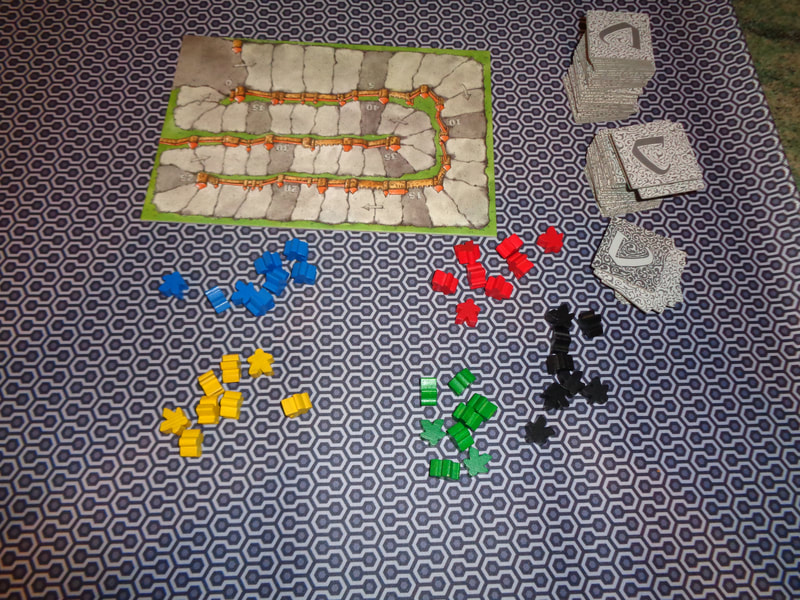
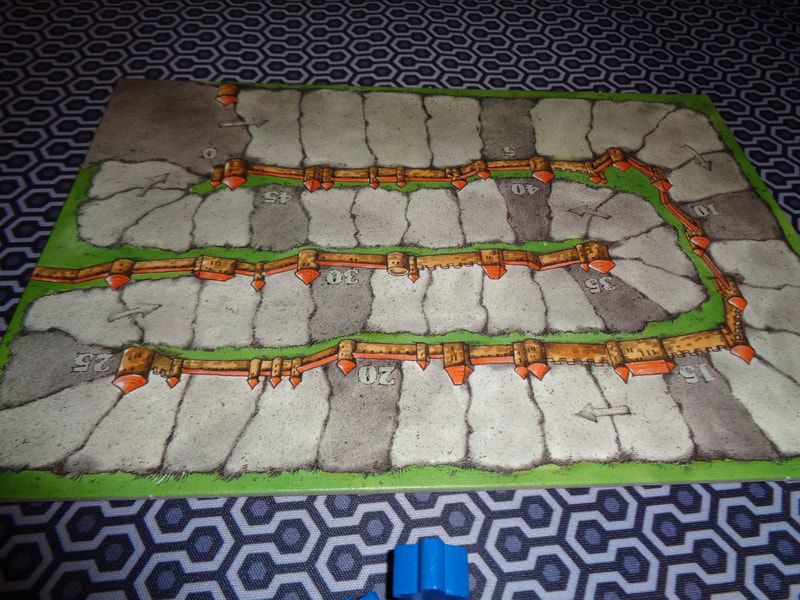
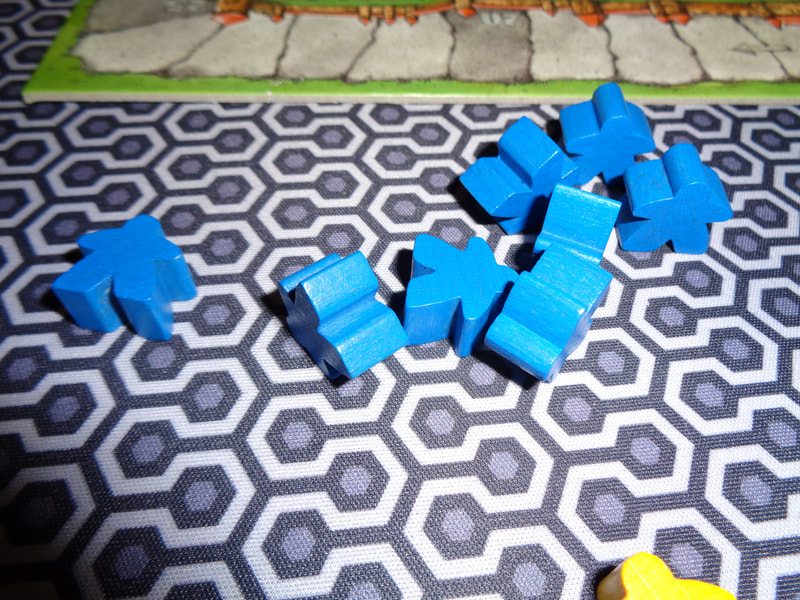
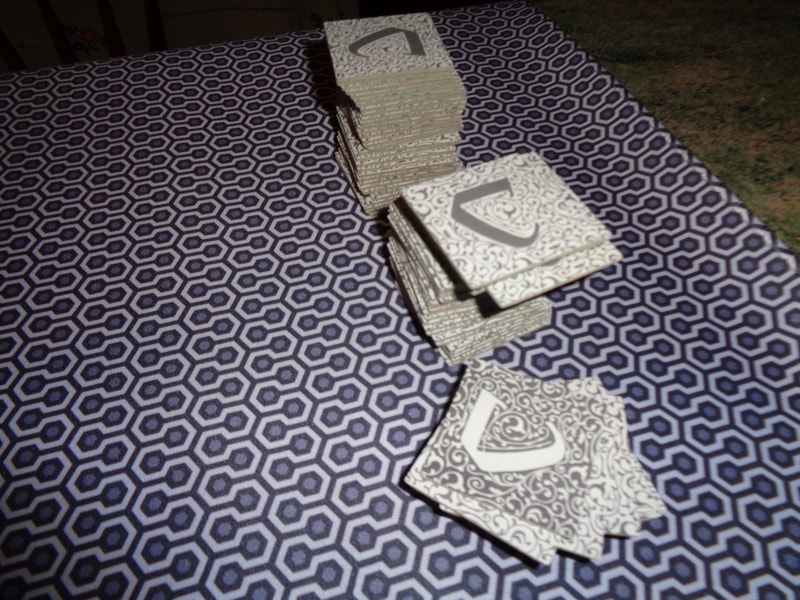
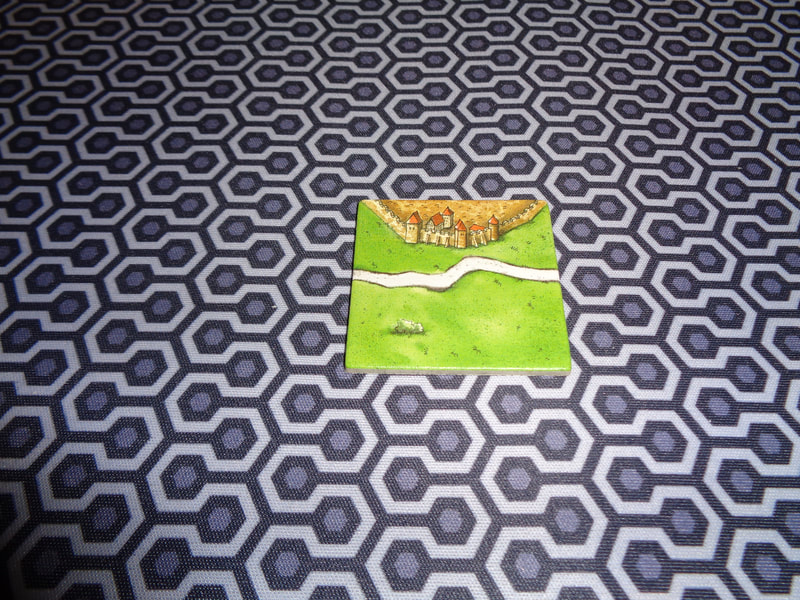
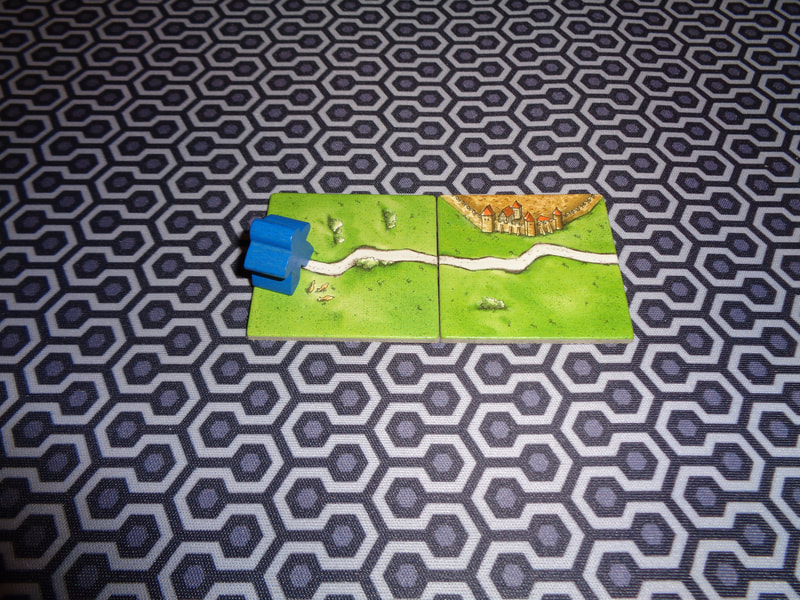
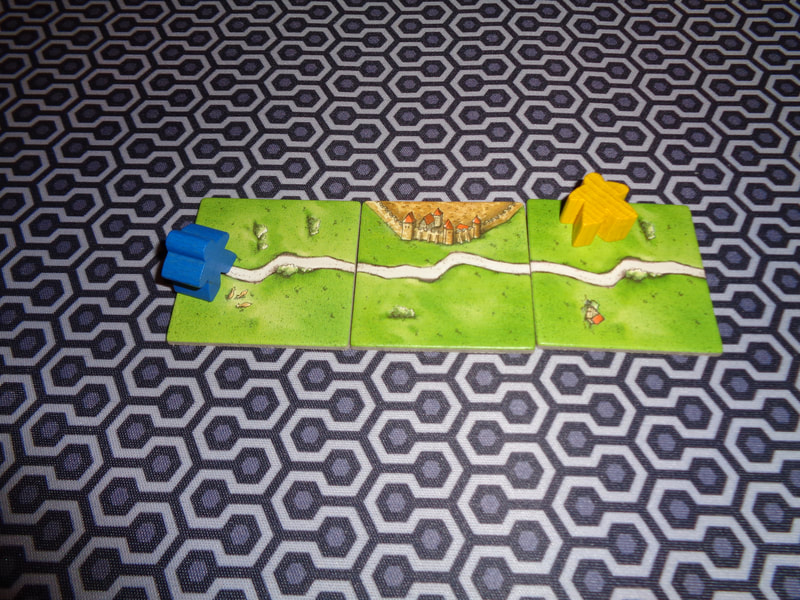
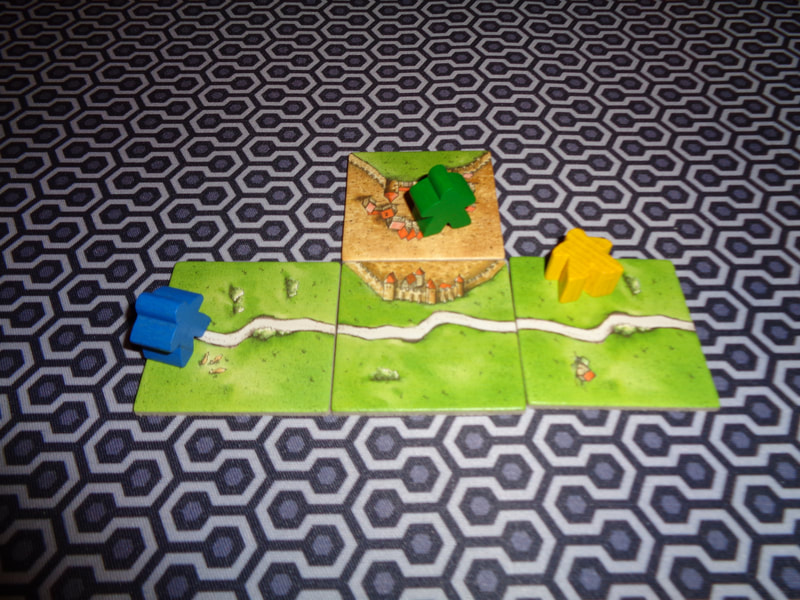
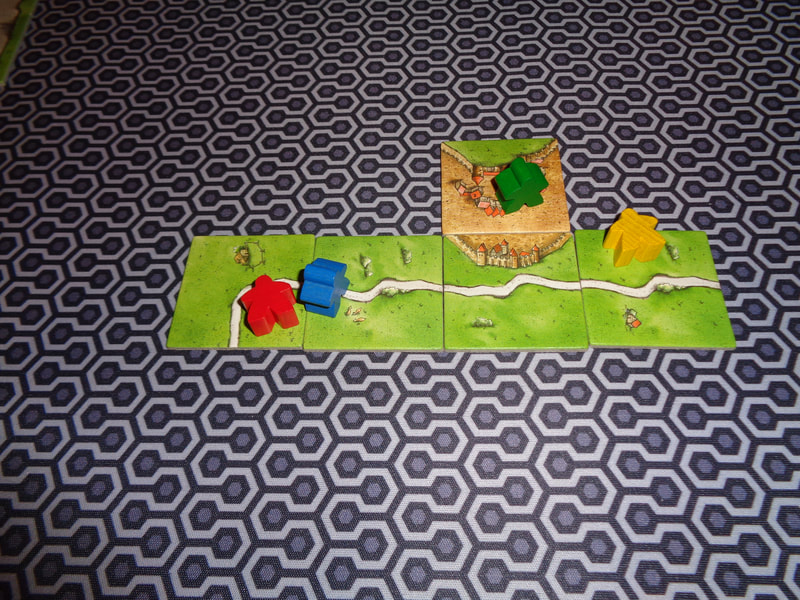
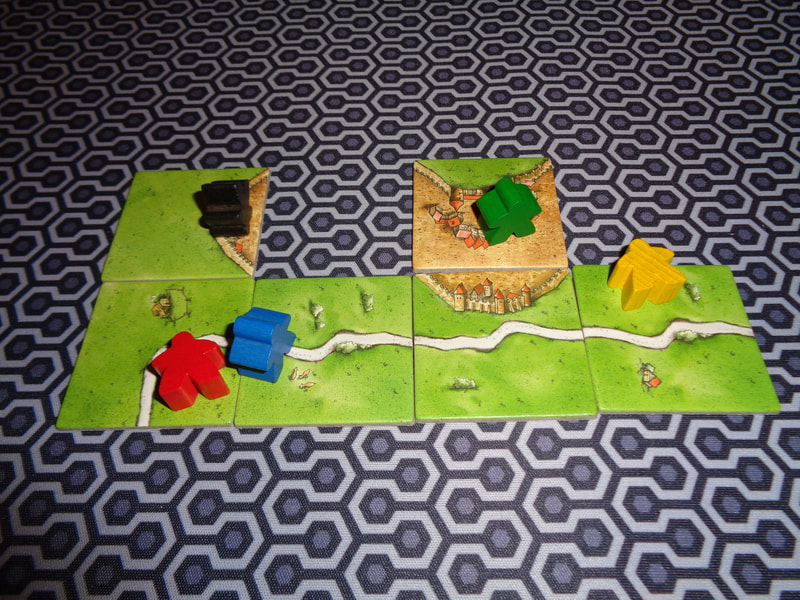
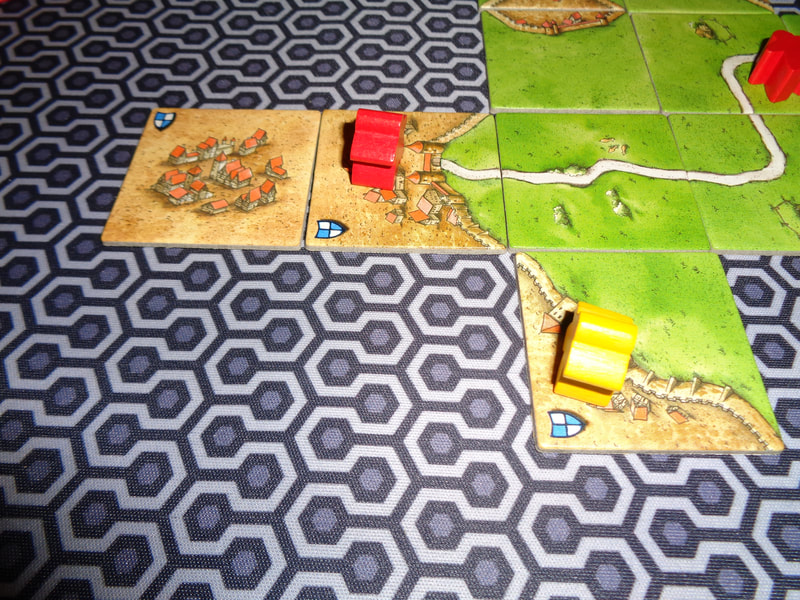
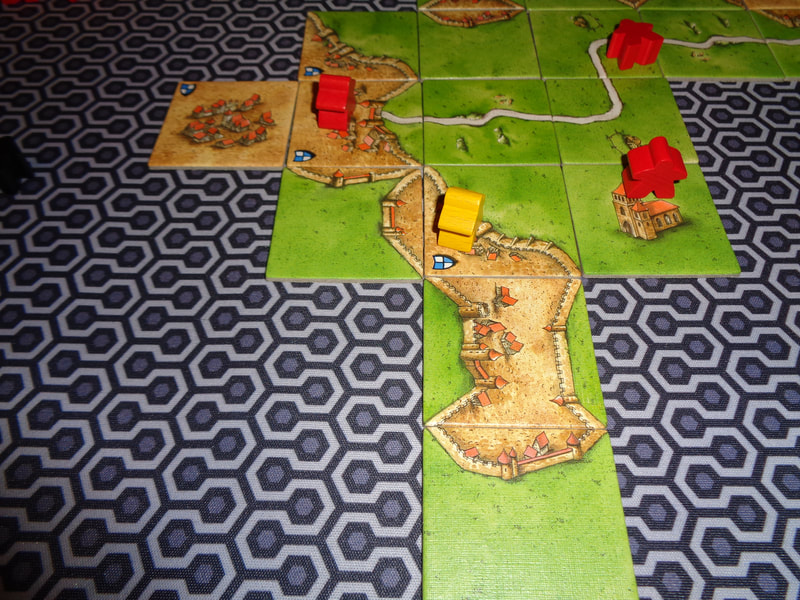
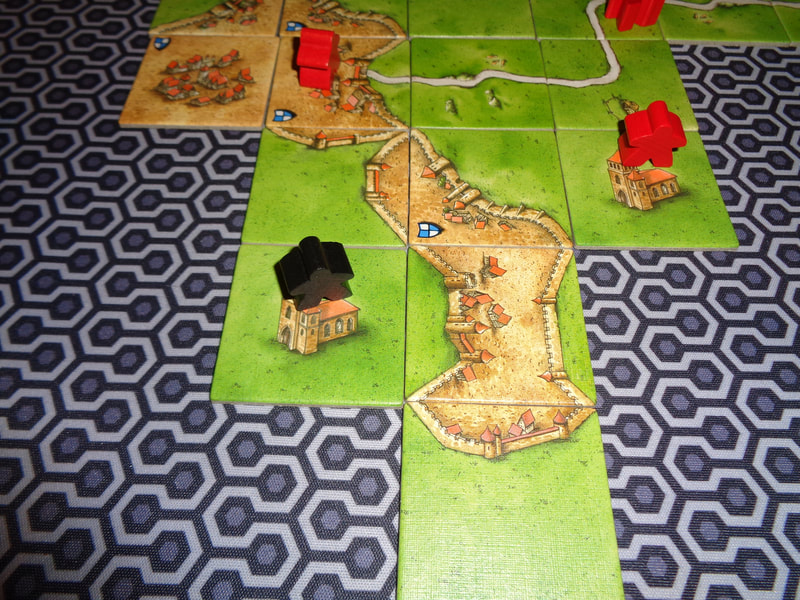
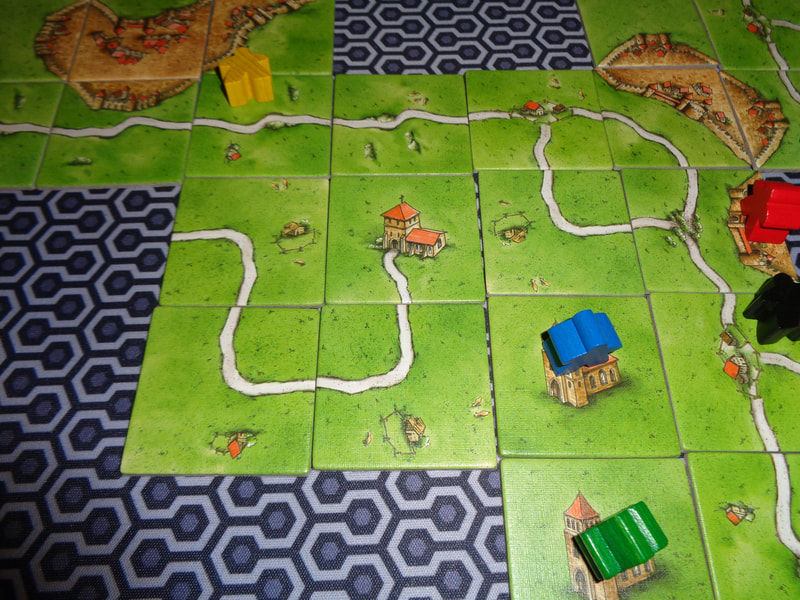
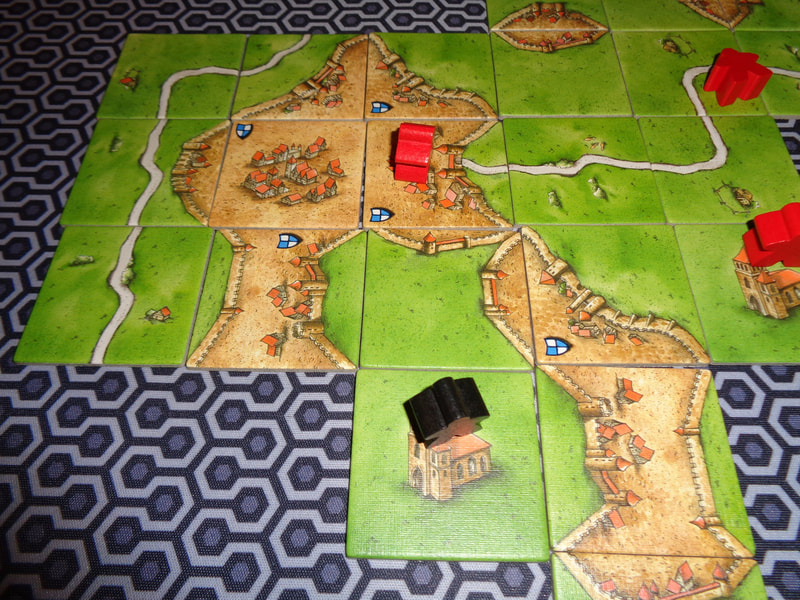
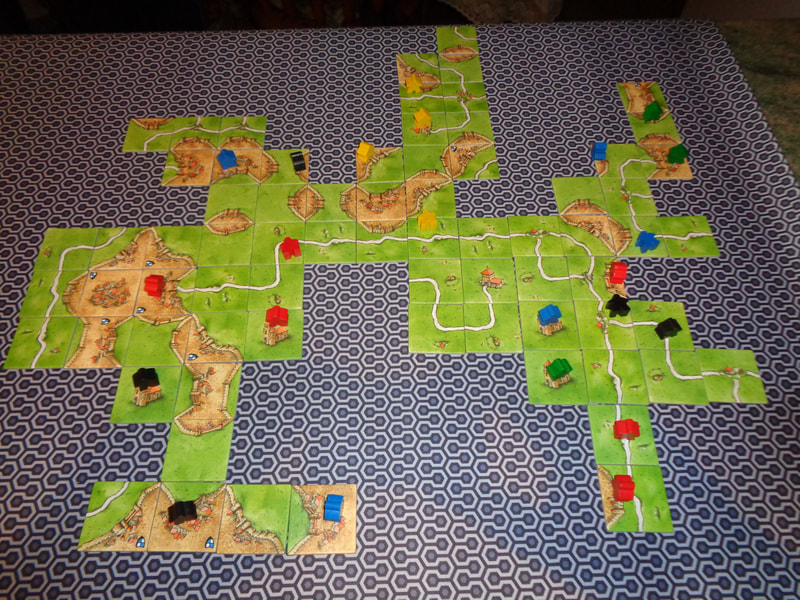
 RSS Feed
RSS Feed
